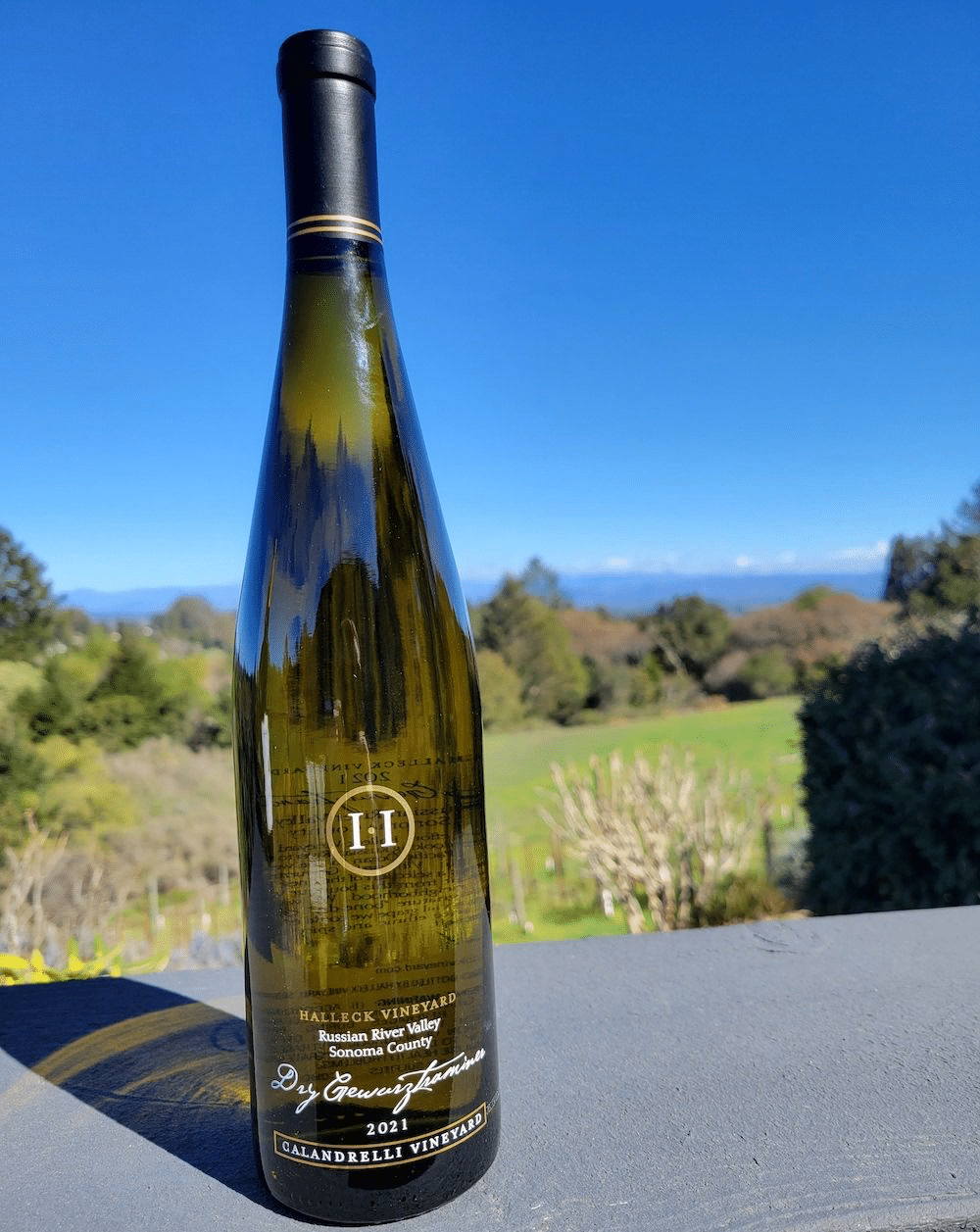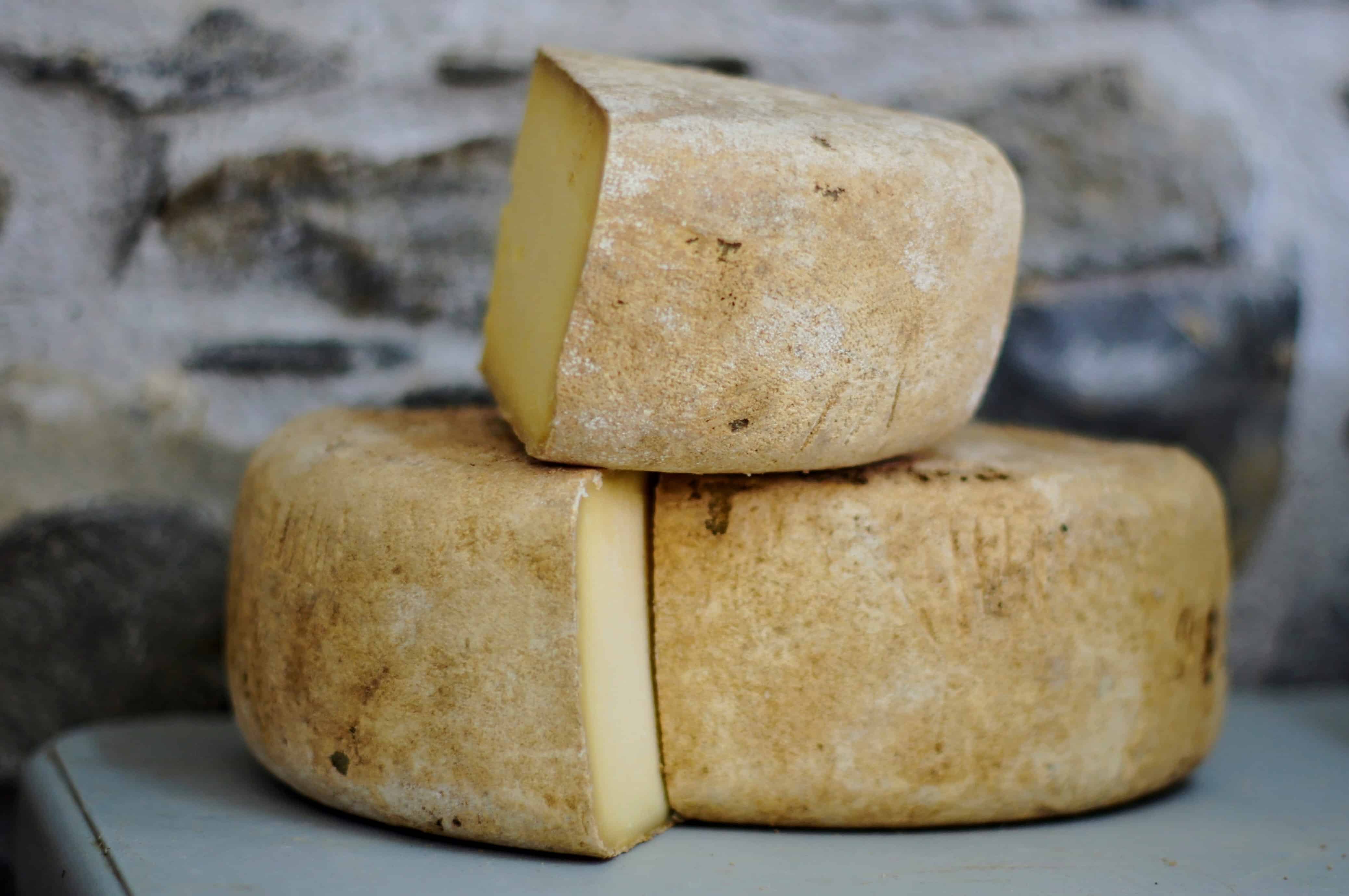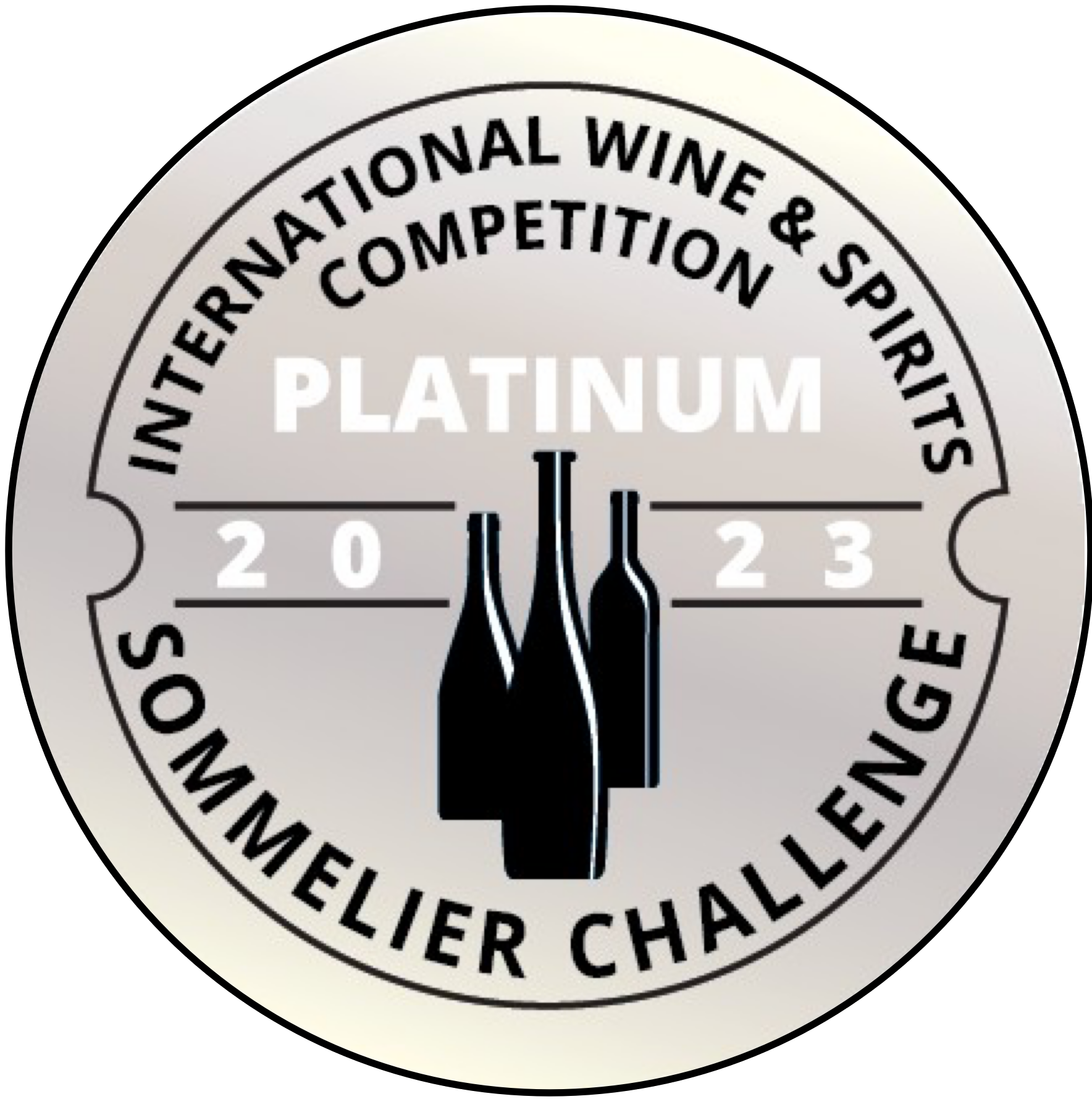Wineries With Outdoor Seating - Sebastopol Vineyard Visits
Wineries With Outdoor Seating - Sebastopol Vineyard Visits
Blog Article
Wineries That Offer Dog Friendly Areas - Discovering Sonoma Area Wineries
Wine tasting is an art that requires practice and an understanding of assorted aspects concerned in the course of. One crucial component of wine tasting is the development and interpretation of tasting notes, which function a guide for both novices and seasoned connoisseurs. A Guide To Understanding Winery Wine Tasting Notes can enhance your wine-tasting experience, making it more meaningful and enjoyable.

Tasting notes are concise descriptions that capture the essence of a wine’s flavors, aromas, and total character. Normally composed by professional tasters, winery tasting notes provide insights into the nuances of various wines. They can help wine enthusiasts understand what to anticipate from a specific bottle. Nonetheless, tasting notes can range broadly in style and detail primarily based on the writer's experience and palate.
Best Wineries For Wine Tasting In Sonoma - Iconic Wineries Of Sebastopol
When you first strategy a glass of wine, your senses will begin to interact instantly. The sight, smell, and taste of the wine will converge to offer you a complete experience. Tasting notes generally begin with the visible evaluation, where the colour of the wine is taken into account. Colour performs a big role in indicating the wine’s age, grape variety, and even its flavor profile.
After assessing the visual aspect, the next step entails swirling the wine within the glass. This action aerates the wine, permitting its aromas to awaken. Smelling the wine offers important perception into its complexity. The preliminary sniff can ship a flood of scents that may embrace fruity, floral, herbal, or earthy notes. This is often essentially the most subjective part of tasting, as particular person experiences can dramatically differ.
In winery tasting notes, descriptors are often categorized into main, secondary, and tertiary aromas. Major aromas often stem from the grape selection, secondary aromas derive from fermentation processes, and tertiary aromas arise from growing older. Understanding these classes can help you respect the depth of a wine, and so they also provide the vocabulary to specific your experience better.
Wineries Ideal For Romantic Getaways - Top Sonoma Wine Tasting Destinations
Following the olfactory encounter, your focus will shift to the style of the wine. This is where the first characteristics—sweetness, acidity, tannins, alcohol—come into play. Tasting notes typically detail these flavors in multiple dimensions, together with the initial attack on your palate to the lingering finish in your tongue. A high-quality wine will current a harmonious stability between these factors.
Whereas tasting, it is essential to ponder the physique of the wine, which may be described as light, medium, or full. The physique contributes significantly to your total impression, helping you contemplate how the wine pairs with food or whether it stands alone as a sipping wine. Balancing the physique with the opposite characteristics will present you with a fuller understanding of what the wine has to offer.
The end of the wine, also known as the aftertaste, is another important facet usually included in tasting notes. A long, nice finish normally indicates the next quality wine, whereas a short or cloying aftertaste might counsel otherwise. Evaluating the end can supply additional perception into the wine's complexity and distinction.
Understanding the context of winery tasting notes can also be useful. Tasting notes can provide contextual information about the winery's location, local weather, and grape-growing practices. This context adds one other layer of appreciation for the wine, allowing enthusiasts to attach the sensory experience with its discover here origins, thus enhancing the enjoyment additional.
Charming Wineries Offering Wine And Food Pairings - The Beauty Of Sebastopol Wineries
Many wineries present tasting notes on their web sites or labels, often written in an approachable yet informative style. Nonetheless, not all winery tasting notes are created equal. Some may be overly technical, while others may prioritize marketing aptitude over insightful evaluation. Learning to navigate these notes can arm you with the knowledge to make knowledgeable decisions when choosing wines.
Participating in tastings at wineries can even deepen your understanding of wine tasting notes. Interacting with knowledgeable staff can provide you a extra hands-on strategy to exploring totally different wines and the language used to explain them. Wineries That Welcome Walk Ins. You'll have the opportunity to ask questions, engage in discussions, and potentially refine your palate in actual time.
Experimentation is important for mastering wine tasting notes. As you sample different wines, strive making your personal notes. Focus on describing the wine’s color, aroma, style, and end. Over time, you’ll develop a personal vocabulary that resonates along with your sensory experiences. Every note you create will help refine your palate, permitting you to appreciate wines at a deeper level.
Wineries Offering Private Events - Wineries For Casual Tastings In Sonoma
In conclusion, a Guide To Understanding Winery Wine Tasting Notes provides a comprehensive framework for diving into the world of wines. It equips you with the methods and language essential to articulate your experiences. Whether Or Not you're a informal drinker or a dedicated aficionado, understanding and utilizing tasting notes can profoundly impact your wine journey. This knowledge not only enhances your enjoyment but also connects you deeply with the rich narratives every bottle tells. By embracing this journey, you turn into a part of the attractive mosaic of wine tradition, where every sip unveils a new story waiting to be found.
- Wine tasting notes usually embody a wide selection of sensory descriptions, including aroma, flavor, acidity, body, and end, permitting tasters to completely respect the wine's characteristics.
- To enhance your understanding, familiarize your self with frequent wine terminology similar to "tannins," "oakiness," or "terroir," which might help decipher the notes more successfully.
- A systematic method to tasting includes first visually assessing the wine's color and readability, adopted by swirling to release aromas, then inhaling and describing what you experience.
- Taking notes throughout tasting may help determine patterns over time, improving your palate and making it easier to recall preferences for future alternatives.
- Do Not overlook the influence of food pairings; tasting notes can differ tremendously when a wine is loved with complementary flavors, altering perception and enjoyment.
- Pay consideration to the wine’s vintage, as weather conditions in a given yr can considerably affect the final product, adding another layer to the tasting notes.
- Think About the winemaker's style and philosophy, which may shape the wine's profile and impact how its notes evolve with every sip.
- Training with totally different grape varieties can broaden your vocabulary; every kind brings unique traits that may enhance your capacity to articulate tasting notes effectively.
- Engaging with wine professionals or attending tasting events can present valuable insights, providing a richer context for understanding personal tasting notes.
- Keep In Mind that tasting is subjective; particular person preferences and experiences will form one’s interpretation of the same wine, enriching the general enjoyment of wine exploration.
What are wine tasting notes?
Wine tasting notes are descriptive comments made by tasters in regards to the appearance, aroma, style, and end of a wine. They provide an summary of the wine's traits and can help shoppers perceive the style and high quality of the wine.
Eco-Friendly Wineries In Sonoma County - Wine Tasting Experiences In Sonoma Valley
Why are tasting notes necessary when choosing wine?
Tasting notes can guide you in choosing a wine that fits your palate. They provide insights into flavors and aromas, serving to you to match wines with food or occasions. Understanding these notes enhances your general wine experience.
How should I learn wine tasting notes?
(Exclusive Wine Clubs In Sonoma)
Hidden Gem Wineries In Sonoma County - Enjoying Wine In Sebastopol

When reading wine tasting notes, pay consideration to the structure: search for descriptions of shade, aroma, flavor, and finish. This will assist you to grasp the wine's profile and decide if it aligns with your preferences.
What phrases generally appear check this site out in wine tasting notes?
Widespread phrases embody "tannin" (the structure), "acidity" (the crispness), "body" (the weight), and numerous flavor descriptors like "fruity," "earthy," or "spicy." Familiarizing your self with these phrases can deepen your understanding of wine.
Wine Tasting Events In Sonoma County - Sebastopol Vineyard Visits

Can I create my own tasting notes?
Yes! Writing your own tasting notes can enhance your wine tasting experience. Focus in your observations of style, aroma, and other sensory characteristics. This personal practice can help you refine your palate over time.
How do I determine the aromas in wine tasting notes?
Wineries Near Highway 12 - Wine Tasting At Sonoma Vineyards
To identify aromas, practice smelling a variety of scents and associating them with wines. Swirl the wine in your glass to launch its aromas, then take a second to breathe in deeply earlier than figuring out any distinguished scents.
What is the distinction between professional and private wine tasting notes?
Professional tasting notes may use more technical language and particular terminology, while personal tasting notes are subjective and mirror particular person experiences. Both are useful for understanding and having fun with wine, however personal notes may resonate extra along with your distinctive tastes.
How can tasting notes improve my wine appreciation?
Quaint Wineries In Picturesque Settings In Sebastopol - Winery In The Sonoma Wine Region
Tasting notes can improve your appreciation by serving to you to grasp and articulate the complexities of wine. They encourage conscious tasting and supply a framework for comparing completely different wines, resulting in a richer enjoyment of the beverage.
Are there any apps or instruments to help with wine tasting notes?
Yes, there are a number of apps designed to help users record and manage their tasting notes. These instruments usually provide options like flavor wheel guides and wine database searches, making it easier to track your journey through different wines. Report this page